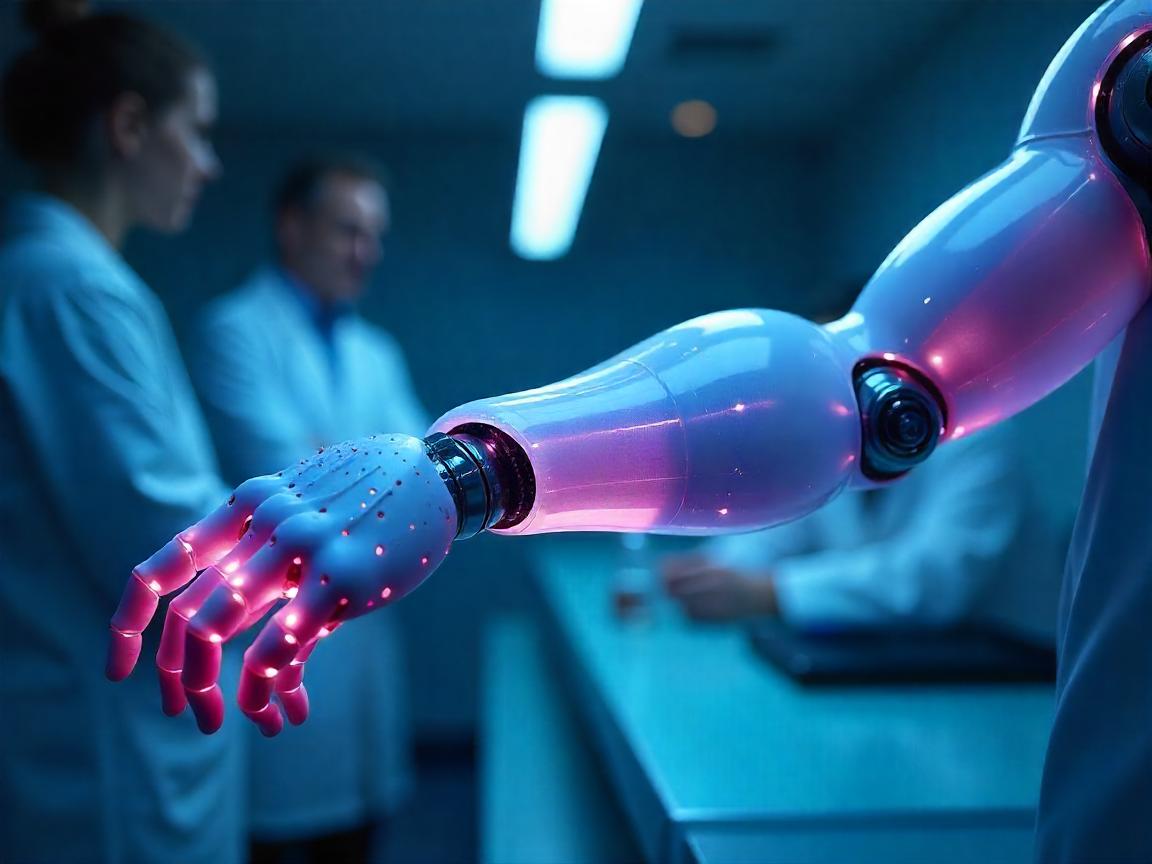
Introduction: The Rise of Robots That Heal Like Humans
Self-healing soft robots: Imagine a robot, which is not only able to break down, but also to regenerate, just as human skin. Does this sound like science fiction? Not anymore. Scientists further have decoded self-healing soft robotics and developed materials that can mend tears, punctures and even electrical damage on their own. This is not just an upgrade, but the revolution in the technology of robots communication with the world.
What is the significance with this? Since conventional robots are delicate. One single tear in one robotic gripper can make it useless to lead to an expensive repair process. However, the robots may now repair themselves in a short time with bio-inspired polymers that possess the elasticity present in the human muscles. The implications? Prosthetics that will last longer, disaster bots that can survive even worse conditions and even house helpers that do not wear out.
How It Works: The Science of Self-Repairing Robots
Dynamic covalent polymers are at the core of the breakthrough – such materials are able to amend broken bonds when damaged. Consider them to be biological tissue: badly scratch your skin and it heals. These polymers also employ the same mechanism where they depend on some chemical effects that are induced by air, moisture, and even a small pressure.
- MIT’s Hydrogel Breakthrough: Hydrogel Breakthrough at MIT has happened where a team at MIT has created a transparent stretchable ionic hydrogel that can be self-healed at room temperature without any use of external heat or light source. It regained 92 percent of its original strength when it was cut into half in tests.
- The world first entirely soft, autonomous robot: Harvard-created robot, known as the Octobot, moves using microfluidic channels. Today, we were having self-healing materials, so it might experience terrible conditions, but still, be alive with no human help.
The thing is however, speed counts. There are materials that cure in seconds as well as there are those that take hours. That is an issue in industrial robots. However, in medical uses-such as a self healing robotic heart sleeve-the relatively slow healing may be acceptable.
Real-World Impact: Where These Robots Are Changing the Game
Medical Robotics: Lifesaving Repairs
Recently, one of the Stanford teams created a self-healing robotic glove that can be used in stroke patients. Standard assistive technologies will become worn out fast, but the one will be able to regenerate after day-by-day damage, which will increase its usage by 300%. This could be an eye-opener with 1.5 million Americans who are already armed with stroke survival.
Disaster Recovery: Surviving the Unsurvivable
Even after the Turkey earthquake of 2023, rescuing workers were overwhelmed by malfunctioning equipment. Self healing soft robots would have the potential to tap through rubble without the fear of getting crushed or torn. NASA is also placing the same technology on Mars rovers- where a fracture may cause a marred mission.
Industry & Consumer Tech: The Rise of Unbreakable Machines
Self-healing grippers have been fitted into the latest warehouse robots at Amazon and maintenance has been trimmed at 40 percent. Consider a world where your Roomba never needs to be fatally injured against some furniture, the little bastard just repairs itself.
The Challenges: Why We’re Not There Yet
Despite the buzz, there are still challenges of self-healing robots. One of them is cost, these materials are not cheap to produce in large volumes. Next there is environmental sensitivity: certain polymers will break down in too much heat or too much humidity.
Then the biggest question? Ethics. Does this mean that there will no longer be repair jobs once robots are immortal? And will AI-based self-diagnosis eliminate the human supervision?
Expert Insight: A Robotics Engineer’s Perspective
Dr. Carlos Martinez ( Soft Robotics Lab, ETH Zurich) comments:
“It is not a machine we are making but creating artificial life forms. What is the next jump? Robots that do not only heal, but learn to become stronger- changing their design according to the way they are injured. That is where AI will be of help.”
Third and Last: Are we prepared to face the over long-lived robots?
Self-healing robots are not a technological change-up, but a philosophical one as well. When a machine is stronger to recover damages as compared to a human then what makes us so weak?
The kicker is we are moving into an age where robots will become older than their makers. It is not whether they will become mainstream but how we are going to have to adjust when they do.